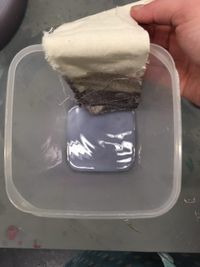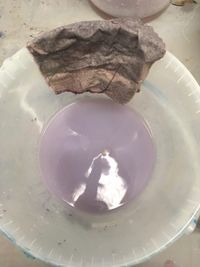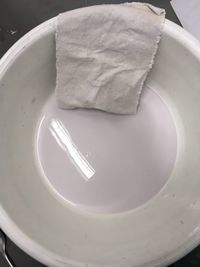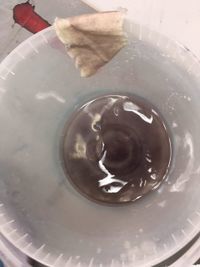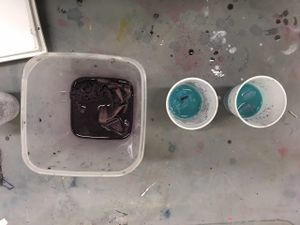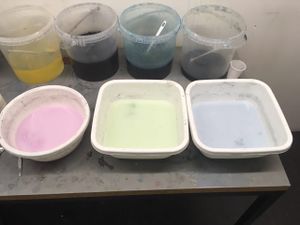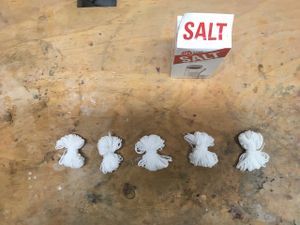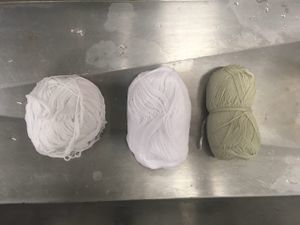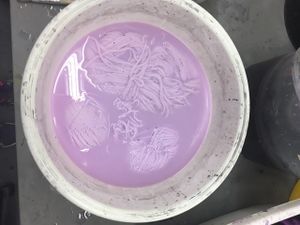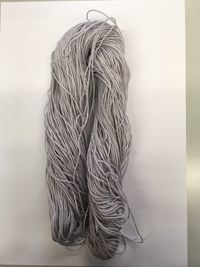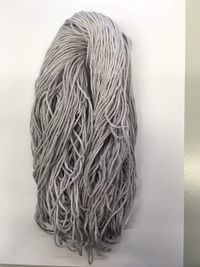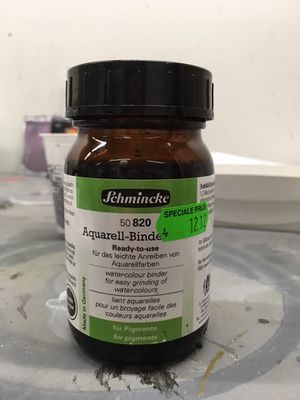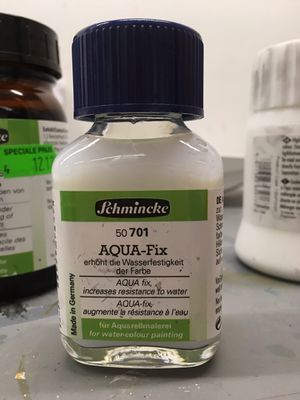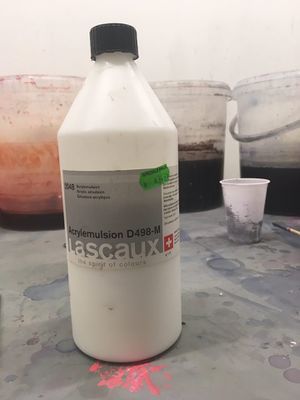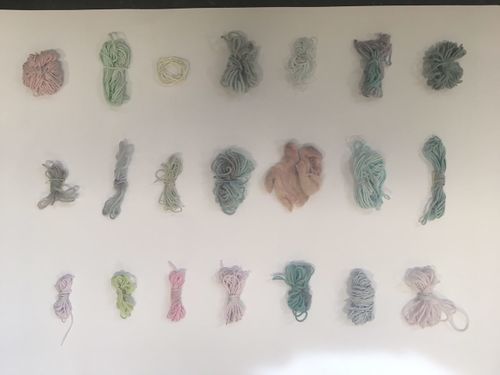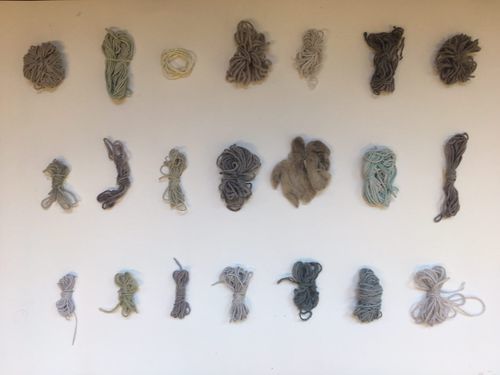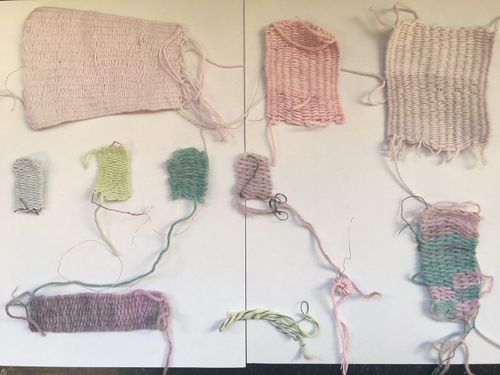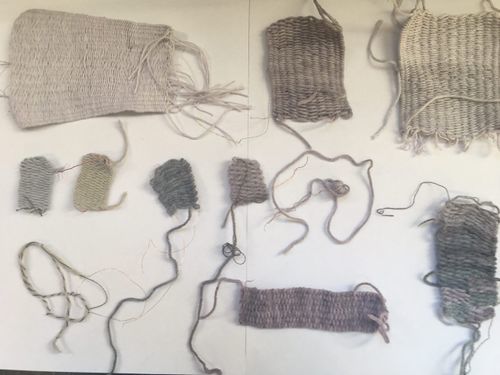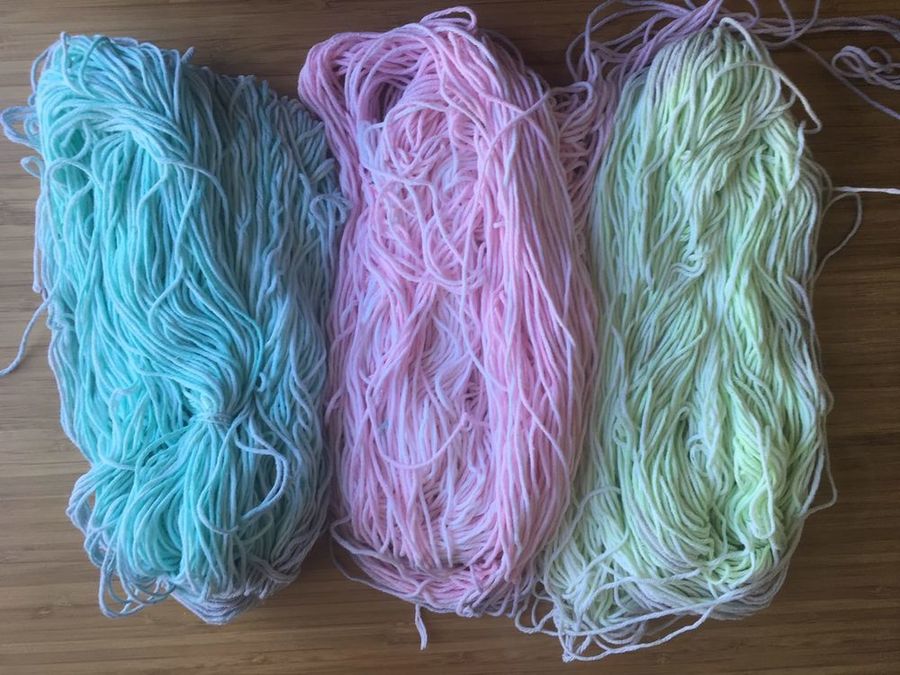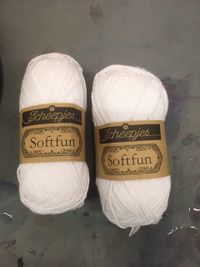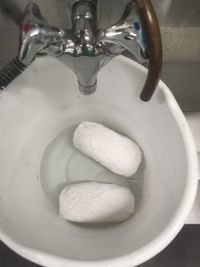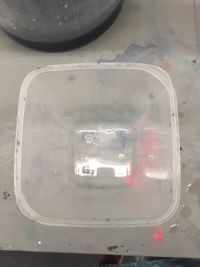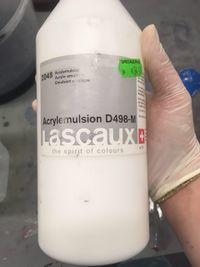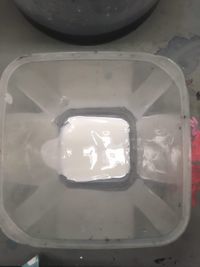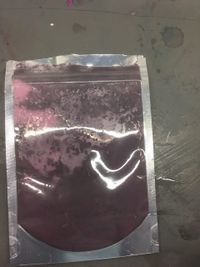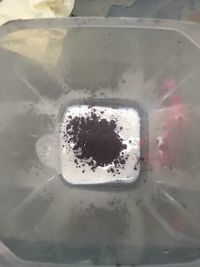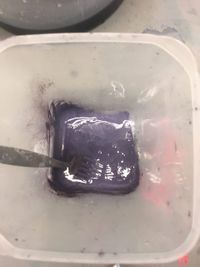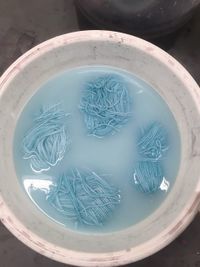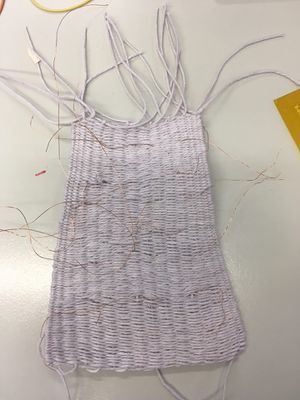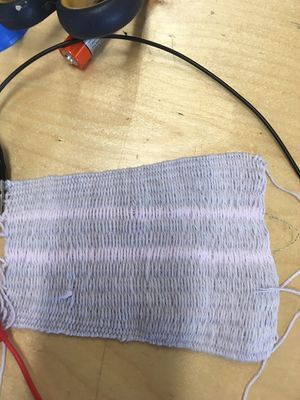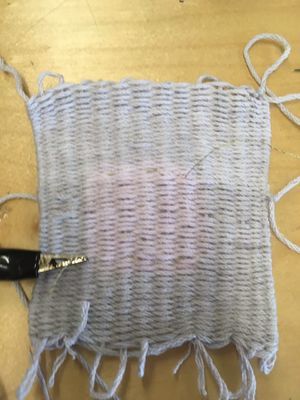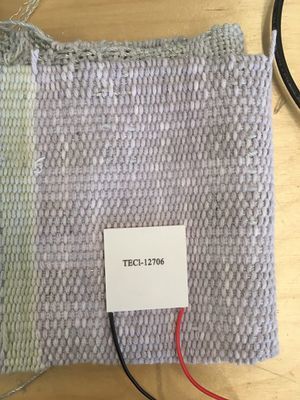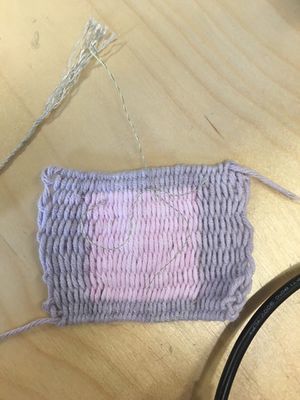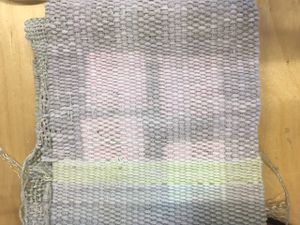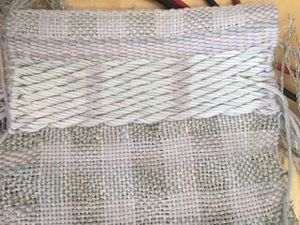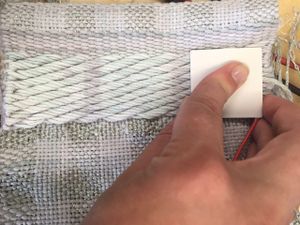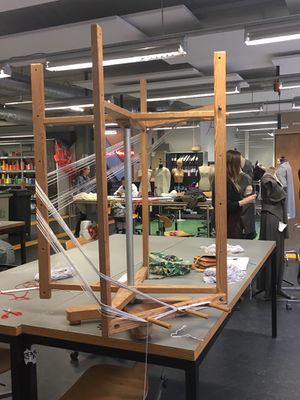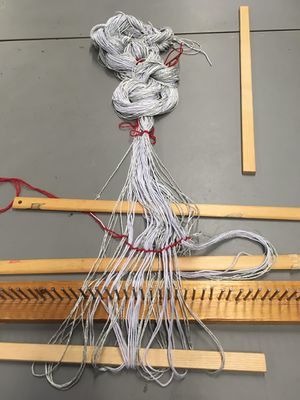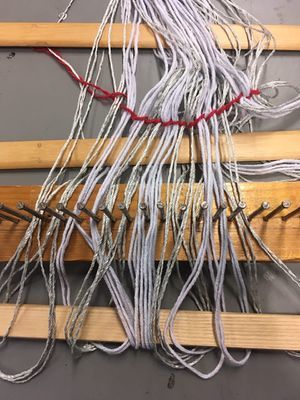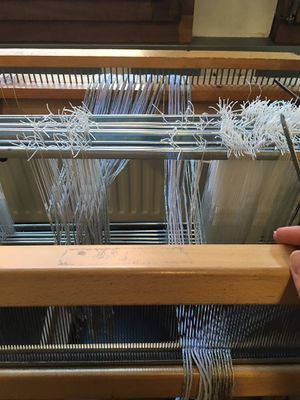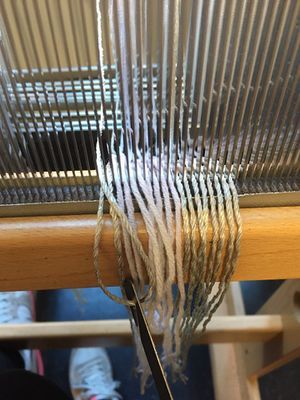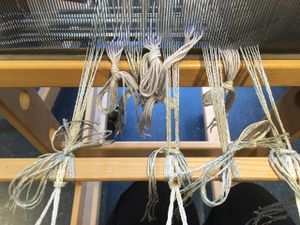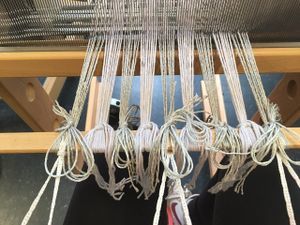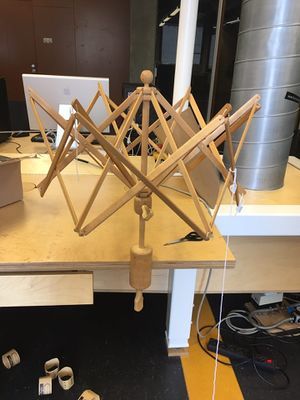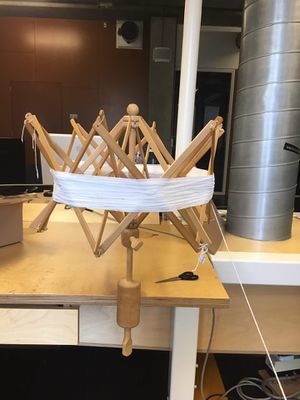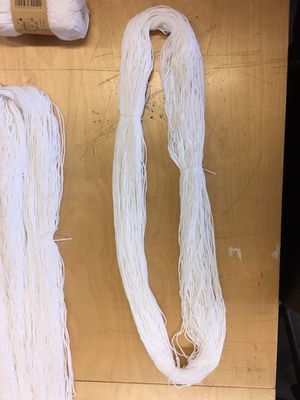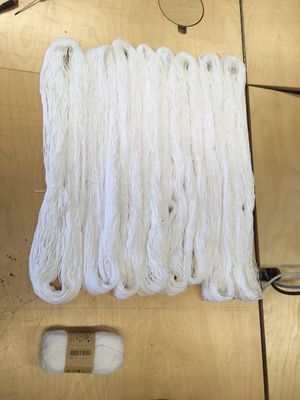Difference between revisions of "User:Vera/graduation/Textile experiments"
| Line 1: | Line 1: | ||
| − | ''' | + | '''I once felt technology art faced greater challenges than other more permanent art forms, |
| − | |||
but I now understand that in the end—all art fails | but I now understand that in the end—all art fails | ||
- Maggie Orth''' | - Maggie Orth''' | ||
| + | |||
| + | |||
| + | |||
| + | |||
Revision as of 13:26, 19 May 2018
I once felt technology art faced greater challenges than other more permanent art forms,
but I now understand that in the end—all art fails - Maggie Orth
Contents
Thermochromic Textiles
The word "thermochromic"
Thermo comes from the Greek word "thermos," which means warm or hot.
Chromic comes from "chroma," meaning color. A thermochromic substance changes color as it changes temperature.
In fabrics, a special dye acts as the thermochromic agent.
Dyeing Textiles
Experimenting whit thermochromic pigments and thread.
pigments bought at:
This is form America and the tax is quite high, but nice pigments!
and a lot of choices
https://solarcolordust.com/t/ultra-thermal-dust
for just a experiment I advise to buy it in the UK :
https://www.sfxc.co.uk/ or on Amazon.uk
Experimenting with binders, textiles and thread
binders:
Textile binder for silkscreening
arabische gom
P-fixer
Achriel verf binder
watercolour binder
azijn
acryl medium
textiles:
Polyerster
nylon
plain cotton
cotton dye wihite
latex
Thread/yarn:
100% cotton + colour withe
100% cotton + colour grey
60% cotton + 40% acryl
50% cotton + 50% acryl
100% acryl colour gray
100% acryl
process
Conductive Thread
peltier element
Heating Textiles
Examples on plain cotton, dyes and acrylic paint. Heating with a hair dryer
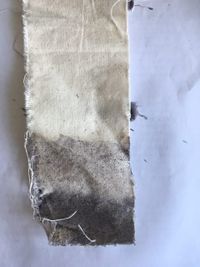
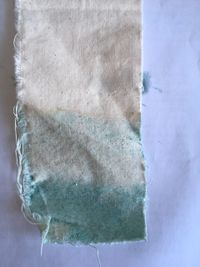
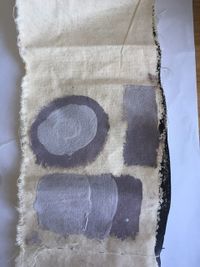
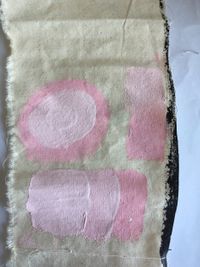
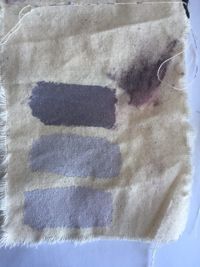
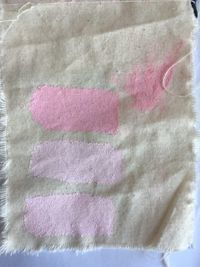
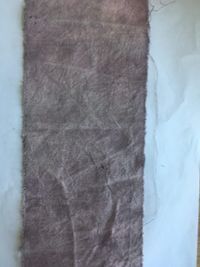
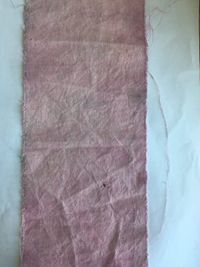
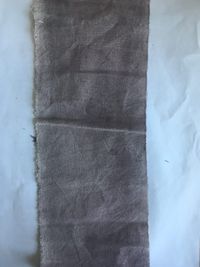
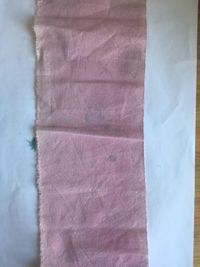
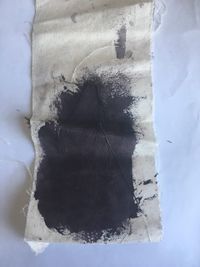
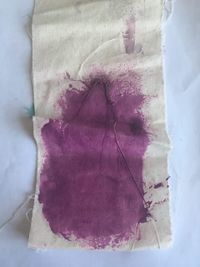
weaving with conductive thread
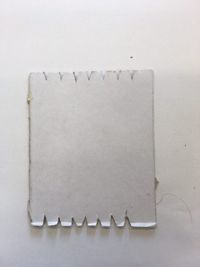
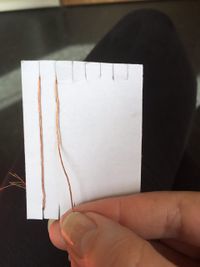
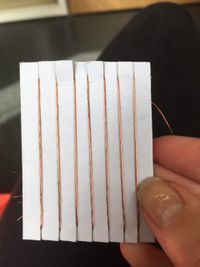
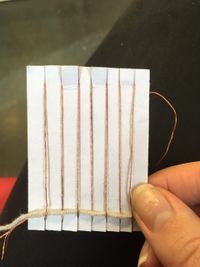
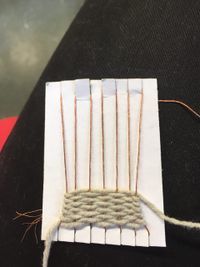
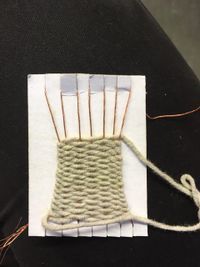
Heating a sample with conductive copper thread (twisted and unisolated)
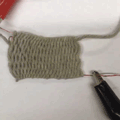
Weaving
First weft sample (this is made without a patron just doing)
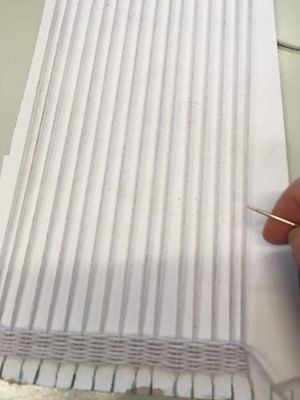
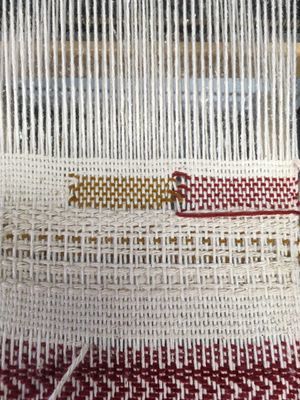
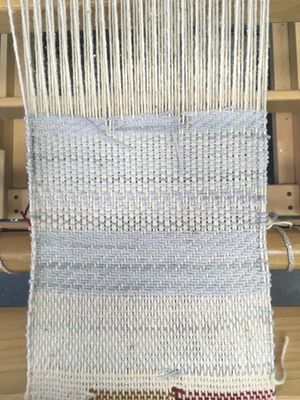
Process form plain yarn,Dying, weaving, and electronics to a screen
Workshop TU Delft
12 april: TU Delft workshop, The screen.
With:
Jan Berends : werktuigbouwkunde bachelor, Systems and Control
Emiel Jansen : werktuigbouwkunde bachelor, Master Integrated Product Design
Valentijn van der Scheur : werktuigbouwkunde bachelor, Systems and Control
Marijn Leeuwenberg : werktuigbouwkunde bachelor, Systems and Control
Ilse de Cock : Industrieel ontwerp
1: Wat is een beeldscherm?
2: Wat een beeldscherm voor hun betekent?
3: Van welke materialness kan je een beeldscherm maken?
4: Wat zie je als een Mogelijkheid als textile als beeldscherm?
